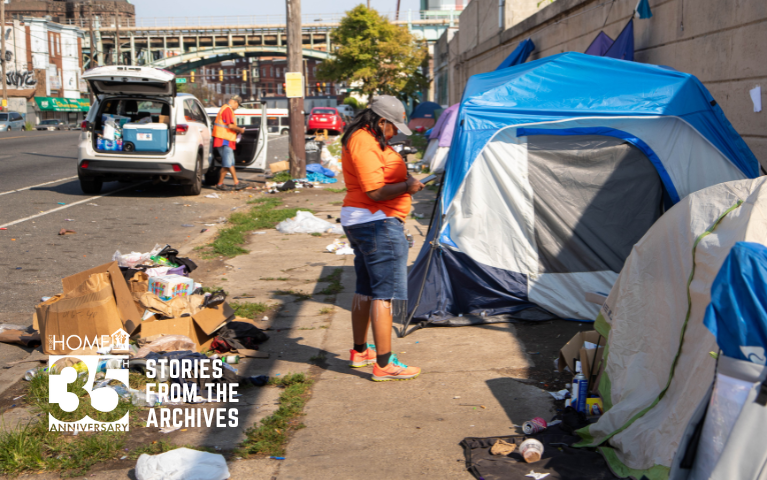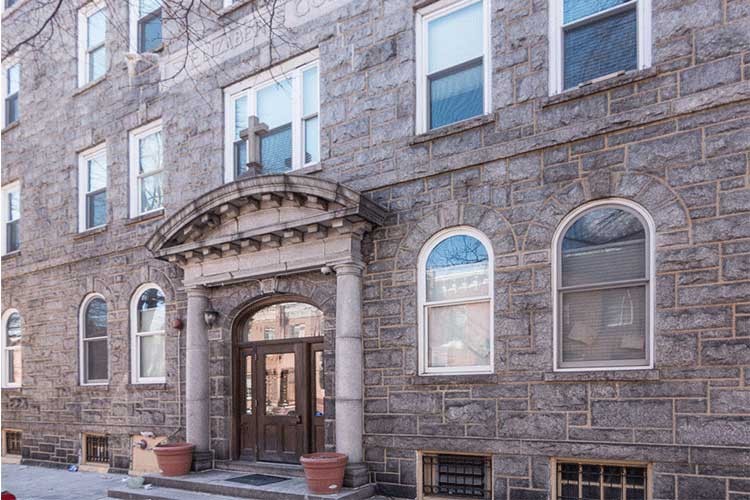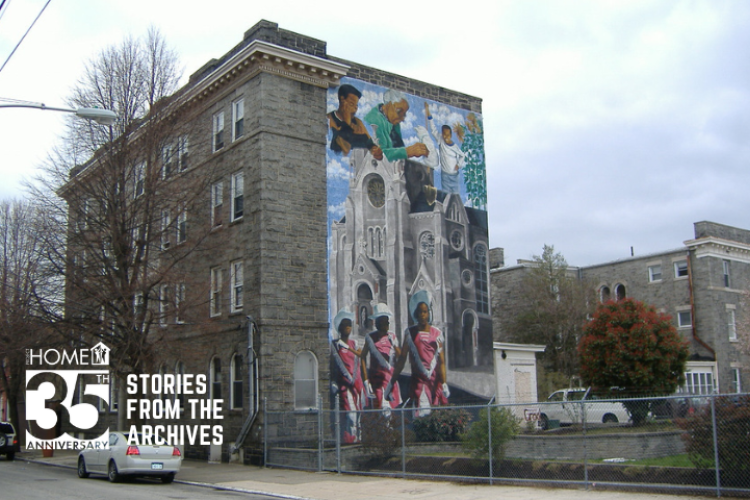Stories From The Archives: The Road To Recovery

During our 35th anniversary year, we are digging into our deep archives to share stories from our past that highlight some of the many milestones we have celebrated over our nearly four decades of service to Philadelphia.
We reference recovery a lot while discussing our work. But what often gets overlooked is that recovery is a process, one that isn't always linear. But there is always reason for hope, especially given we know how to better support a person battling substance use disorder. What we laid out below 20 years ago still holds true today.
...
Daniel was doing great. He logged several months clean at our St. Elizabeth’s Recovery Residence. He was diligent in working his program, going to treatment, and attending meetings. He demonstrated great leadership in the house, supporting many of the other residents. Soon he was working part-time in one of our businesses, and taking to his work with energy and responsibility. He gave a few talks at Project HOME events, eloquently sharing his story of homelessness, addiction, and recovery.
One day, without a word, Daniel (not a real name) didn’t show up for work. He didn’t come back to St. E’s that night. He was absent again the next day – and the next. A week later, outreach teams spotted him on the streets, disheveled, discouraged – and high.
It’s a painful story that we have lived through many times. We witness the beginning of an amazing transformation – only to have the demon of addiction rear up and seem to crush all progress and all hope. Addiction is one of the most debilitating diseases that our society faces, with many destructive manifestations. The majority of homeless persons on the streets suffer from addictions, threatening their health as well as the vitality of our City. Families across the economic spectrum watch their adolescents spiral down a destructive path. Drugs fuel much of the shocking rates of homicide in our city. Over 80 percent of inmates in Philadelphia’s jails have drug or alcohol problems. Addiction costs our economy billions of dollars annually in lost productivity and accidents on the job.
At Project HOME, we have confronted addiction from our earliest days. Our services and programs for recovery have evolved over the years – often as we have learned from the recovering men and women themselves.
Our St. Elizabeth’s Recovery Residence offers a comprehensive program for homeless men struggling with addiction. A full-time addictions counselor works to meet the recovery needs of residents in all our programs. The majority of our residents make tremendous progress in breaking free from the clutches of drugs or alcohol. But addiction continues to be one of the greatest challenges we face – and we are constantly learning more about how to understand the disease, what kinds of programs are most effective, and what we can do to foster recovery in our society.
Not long ago, drug or alcohol abuse was largely viewed as sin, moral failure, or weakness of character. Attitudes were harshly judgmental, and addicts faced enormous social stigma that usually aggravated their struggle. Thankfully, we have come a long way in understanding that addiction is a disease. Much of society – though not all – has shifted toward a more supportive approach, moving from blame to treatment.
But myths and misconceptions persist. Recent public debate over the growing numbers of homeless persons in Center City and recent incidents of community opposition to proposed programs for homeless persons in different Philadelphia neighborhoods reveal that negative and punitive attitudes have not entirely gone away.
Even in more progressive circles, understandings of addiction are incomplete or distorted: that with greater willpower or better behavior, the addict should be able to straighten out his or her life, or that treatment is ineffective until an addict has hit rock bottom.
Scientific research is shedding important new light on addiction. While we have been able to reframe addiction as a chronic and even fatal disease, we are learning more about the role of the brain in addiction. Through remarkable new technologies of brain imaging, we are learning how specific drug- or alcohol-induced changes in the brain result in an incapacity of the addicted person to control cravings and impulses, despite will power and regardless of profound negative consequences. We are learning more about the dynamics of relapse and its role in the recovery process.
This new research brings with it exciting new possibilities for treatment. In recent years, we have seen great success in the use of medications in assisting people with addiction to control cravings and make progress on recovery. While no single pill will ever “cure” addiction, new models that combine medication with cognitive and/ or behavioral therapies (depending on the particular addiction) hold tremendous promise. New psychological theories and techniques such as motivational enhancement interventions help people with addiction make the transition to abstinence and lasting behavioral change.
Unfortunately, many persons who desperately need treatment face yet another obstacle: the insurance industry.
In recent years, because of managed-care policies, coverage of treatment services has declined dramatically. Many insurance policies limit inpatient stays or simply don’t cover long-term treatment. The insurance industry must understand that addiction, like diabetes, is chronic, and anything less than long-term care can be futile.
We must confront and rebut the myths about addiction that continue to stigmatize and dehumanize addicts while blocking real solutions. We need to support ongoing research into the many dynamics of addiction – brain functioning, genetics, social environment, trauma, and connection to various mental disorders. We need to strengthen, revise, and expand treatment programs to utilize the latest research and best practices. We need to develop treatment programs that are long-term, not simply acute, and ensure ongoing social and community supports for persons in recovery.
We also need vigorous advocacy to ensure that health care and treatment resources are available for all addicts and their families. Finally, we need to recognize that while drugs and alcohol are the most visible, we cannot overlook other forms of addiction that likewise plague our society – including gambling, shopping, and eating, among others. This is all the more reason all of us need to be committed to fostering a community of recovery.
We cannot settle for short-term or inadequate solutions. The costs of addiction are catastrophic – for individuals, for families, for neighborhoods, and for society as a whole. Nor can we see recovery as simply an individual process – our society as a whole must foster a culture of recovery. We must neither ignore nor enable addicts, but offer them support and resources that can be truly transformative.
The good news is that though people with addiction like Daniel do relapse, the hope for recovery is palpable. We have witnessed the courage and perseverance of community members with an addiction in overcoming numerous relapses and obstacles. And we have learned that ultimately, all of us are in recovery from something and on the road towards wellness and healing.

